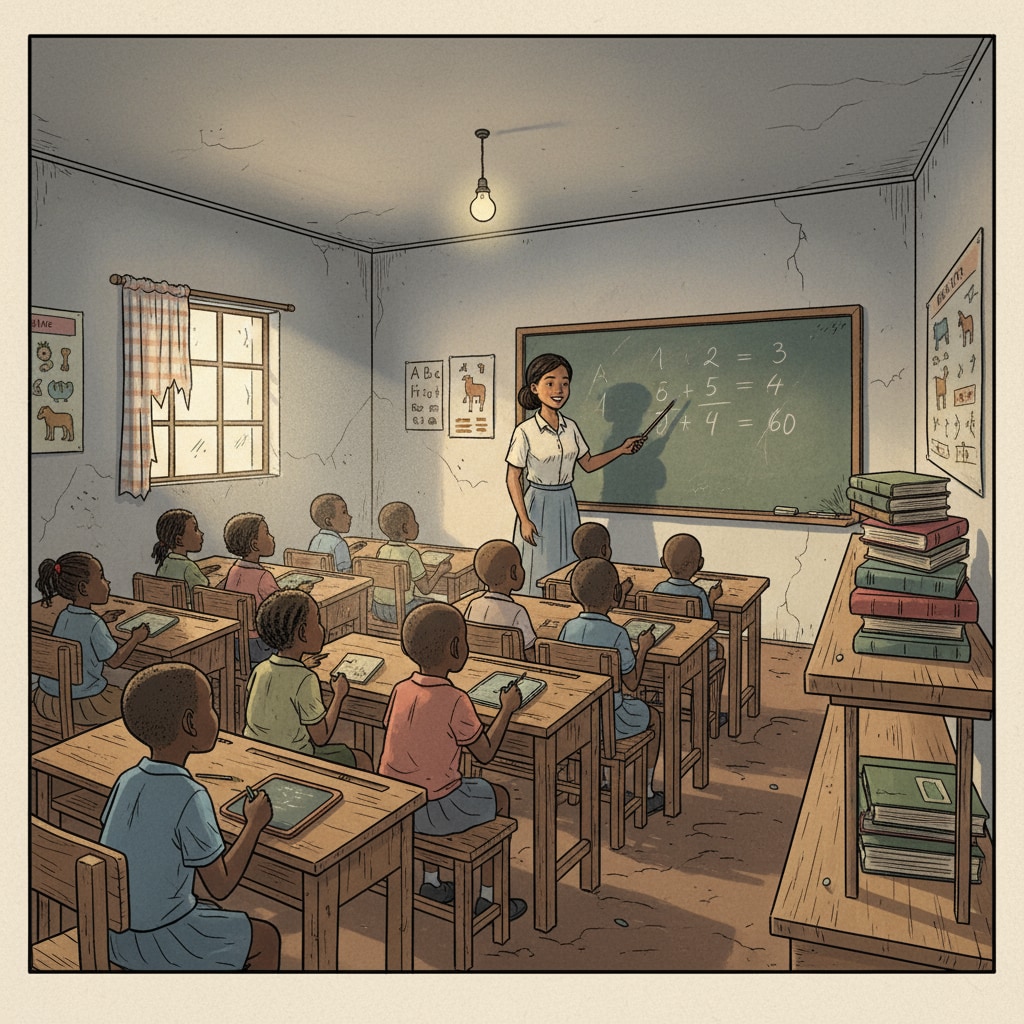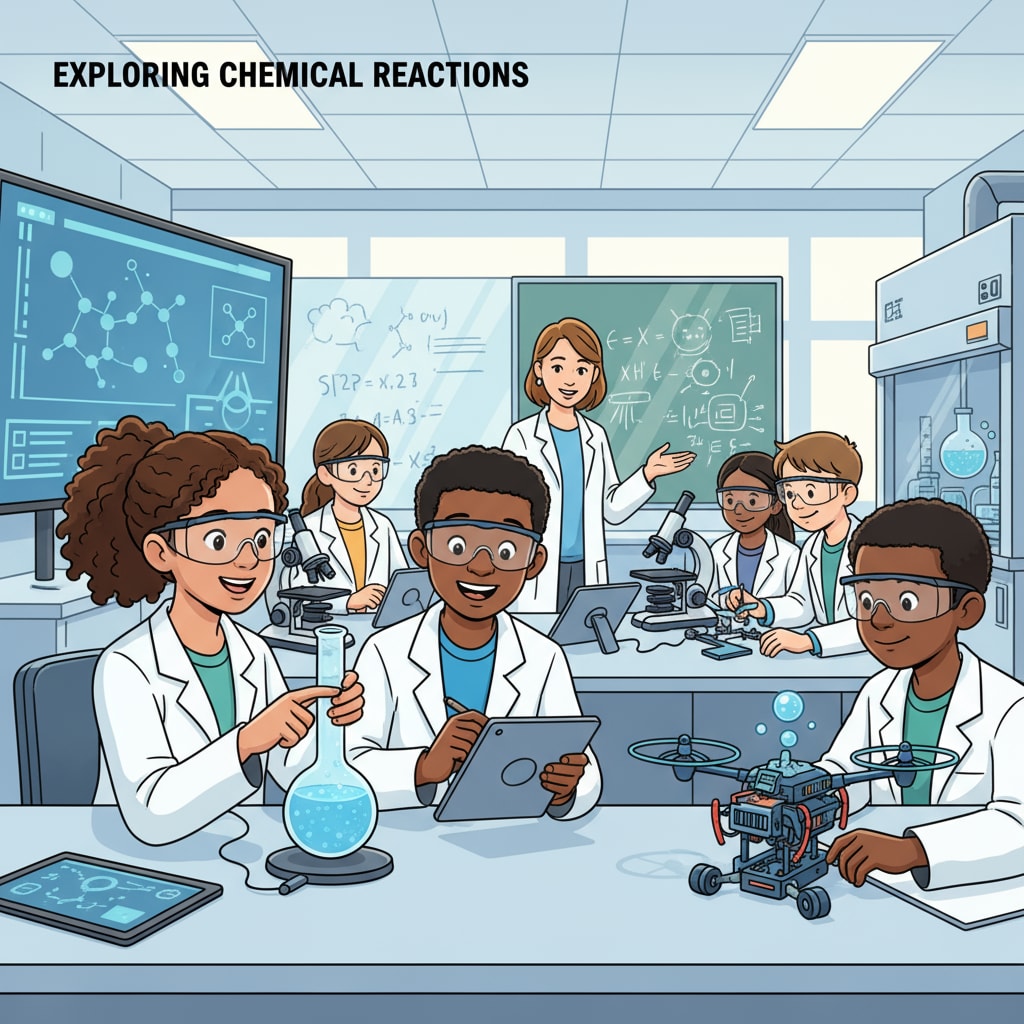Education inequality, resource allocation, and education reform are the pressing issues plaguing South Africa’s education system. The nation’s education landscape is marred by deep-seated structural inequalities, primarily stemming from the vast gap between the rich and the poor. This disparity has led to a highly skewed distribution of resources, which is now a major roadblock to the country’s development.

The Root of Education Inequality
The history of South Africa, especially the era of apartheid, has left a lasting imprint on its education system. During that time, education was segregated, with white students receiving far superior resources compared to their black counterparts. Even though apartheid has ended, the legacy of this unequal system still persists. For example, schools in affluent areas have well-equipped classrooms, modern libraries, and access to the latest educational technologies. In contrast, schools in disadvantaged communities often lack basic facilities like textbooks, proper sanitation, and functional classrooms. This gap in resources is a prime example of education inequality in South Africa. Apartheid education on Wikipedia
The Impact of Uneven Resource Allocation
The uneven distribution of resources has far-reaching consequences for students. Students from underprivileged schools often struggle to keep up with the curriculum due to a lack of proper teaching materials and qualified teachers. As a result, their academic performance suffers, and their chances of pursuing higher education or getting good jobs are significantly reduced. Moreover, this inequality also perpetuates the cycle of poverty. Children from poor families are less likely to break free from the cycle because they do not receive the quality education needed to improve their economic situation.

Another aspect is the difference in extracurricular activities. Rich schools can afford to offer a wide range of sports, arts, and cultural programs, which play an important role in a student’s holistic development. On the other hand, poor schools can barely afford to provide basic educational services, let alone these enriching activities. This further widens the gap between students from different socioeconomic backgrounds.
The Need for Comprehensive Education Reform
To address these issues, comprehensive education reform is essential. Firstly, the government needs to ensure a more equitable distribution of resources. This could involve allocating more funds to schools in disadvantaged areas, providing free textbooks and educational materials, and improving school infrastructure. Secondly, teacher training and recruitment should be focused on areas with high needs. By providing better training and incentives, more qualified teachers can be attracted to teach in these schools. Education in South Africa on Britannica
In addition, the curriculum also needs to be reformed to be more inclusive and relevant to the needs of all students. It should incorporate local cultures and experiences, and also prepare students for the 21st-century job market. Moreover, promoting early childhood education can also help to level the playing field from the start, as it provides a solid foundation for a child’s future learning.
In conclusion, education inequality, resource allocation, and education reform are intertwined issues in South Africa’s education system. By implementing comprehensive reforms, South Africa can break the cycle of inequality, provide quality education for all its children, and unlock the country’s true potential.
Readability guidance: Short paragraphs and lists are used to summarize key points. Each H2 section tries to provide a list. The proportion of passive voice and long sentences is controlled. Transition words are scattered throughout the text to enhance readability.


